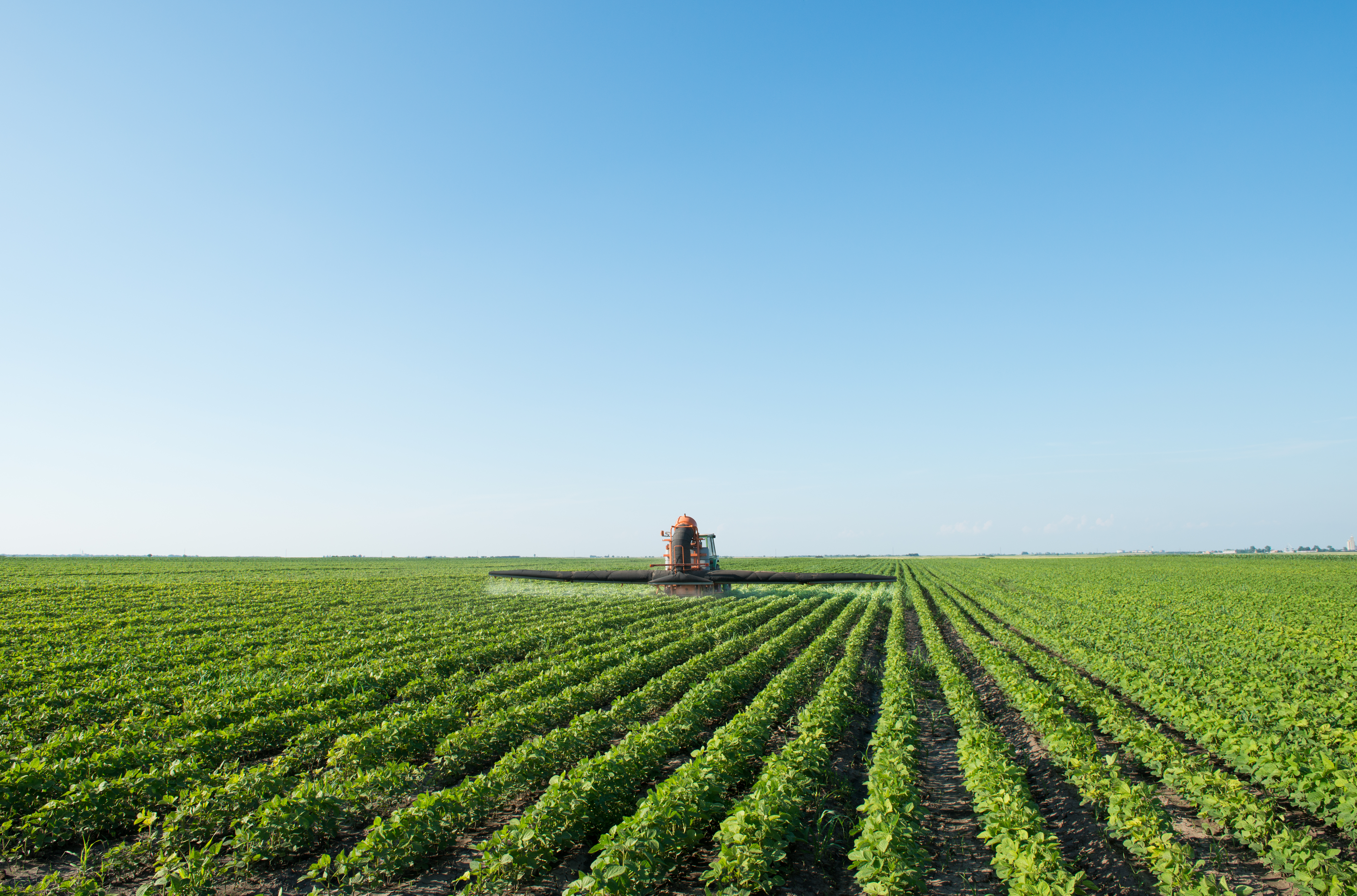What’s on Tap for Woodland Owners in the New Farm Bill?

It’s finally done: After years of false starts and delays, Congress passed the Farm Bill this winter. Are you left wondering what it all means and how the new Farm Bill affects you and other family forest owners?
If you’ve been confused by the alphabet soup of conservation programs available to landowners under the Farm Bill, you’re not alone. The good news is that the new Farm Bill consolidates many programs and stands as the best bill yet for forests.
The new legislation cuts the number of conservation programs from 23 to 13, while still maintaining all the valuable conservation and forestry practices available in the past. For example, the Wildlife Habitat Incentives Program (WHIP) was combined with the Environmental Quality Incentives Program (EQIP). While this means you’ll no longer sign up for WHIP contracts, there are still dedicated wildlife resources within EQIP—meaning your wildlife management goals are still just as relevant and just as important.
Similarly, a number of easement programs were consolidated in the bill. The new Agricultural Conservation Easement Program combines previous programs for wetlands, grasslands and farmland protection into one larger program, providing more than $1 billion in resources. Woodland owners who previously enrolled bottomland hardwood sites in the Wetlands Reserve Program, for example, will also find the new conservation easement program helpful for similar practices.
Other than simply reducing the number of acronyms, the U.S. Department of Agriculture (USDA) also claims that program consolidation builds on efforts to make the programs more workable for landowners and USDA staff. Program consolidation will “allow for more flexibility, simpler applications and a streamlined enrollment process,” states a recent White House report.

The Conservation Stewardship Program (CSP) was not consolidated and stands as one of the remaining 13 programs. But it was not left untouched— a major policy change was made in the new Farm Bill that now provides forest owners even more access to these resources. Previously, forested acreage was arbitrarily capped at 10 percent of total CSP acres, and now that cap is gone.
Tree Farmers should keep in mind that, despite a few national priorities, implementation of these Farm Bill programs will vary tremendously by state. To ensure that you and other family forest owners in your state can most effectively use these resources, encourage someone (or several folks) from your Tree Farm community to engage in your state Natural Resources Conservation Service (NRCS) Technical Advisory Committee. Having a woodland owner’s voice at the table will have a positive impact.
In addition to maintaining or expanding the resources for forest stewardship, the American Forest Foundation (AFF) worked hard to ensure several other provisions benefiting woodland owners were included in the new Farm Bill. A fix to the biobased markets program, which promotes the use of agricultural and other biologically based products, now includes forest products— opening up a huge new market opportunity. AFF also worked to maintain critical forest market research support and programs that help combat invasive species. And finally, with the help of partner organizations, we secured protection for woodland owners from unnecessary forest road permit requirements.
“The new Farm Bill has proved well worth the wait,” says Christine Cadigan, public affairs manager for AFF. “New provisions and policy improvements in the legislation both dramatically expand available conservation resources and wood market opportunities. The Farm Bill is a huge win for family woodland owners.”
For more information about the Farm Bill, please visit www.treefarmsystem.org/forests-in-the-farm-bill-.










Comments: